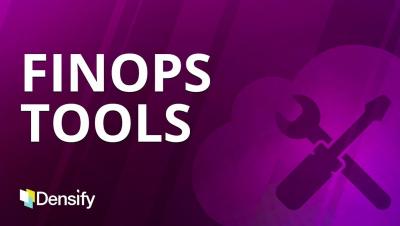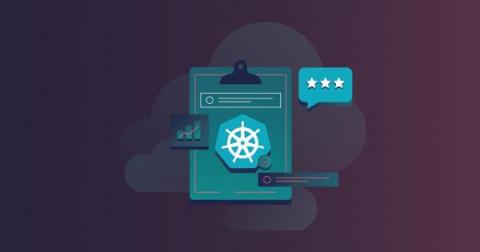What Are The Different Cloud Cost Models? 3 Types You Need To Know
Identifying the best payment plan for cloud services can be a challenge. For one thing, no two businesses are exactly alike. Since each organization faces a unique set of circumstances, it is tough to choose the best option from all the different cloud cost models without taking an in-depth look at business-specific aspects such as demand, spending preferences, and projected revenue over the next few years. On top of that, the payment plans themselves are very often confusing.











